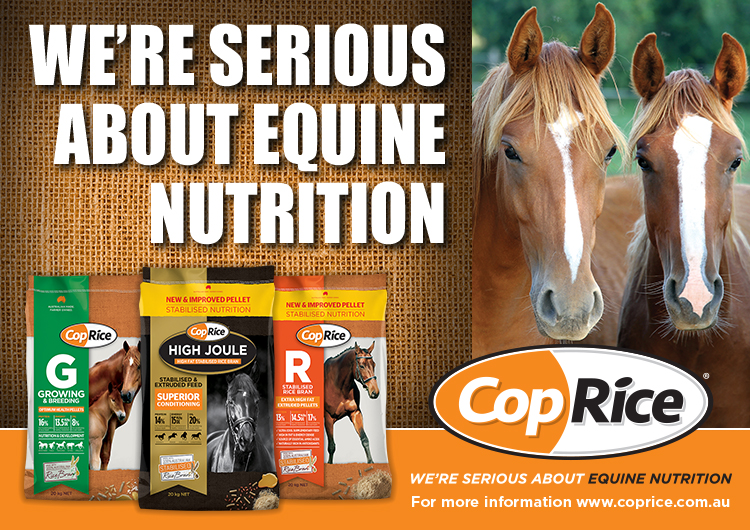Christopher Hector examines a surprising result…
The website hippomundo.com is a treasure trove of information about Sporthorses and Sporthorse breeding. They have recently analysed the top broodmares (maximum 25 years old) with black type offspring and amazingly the top two mares are both owned by the Belgian Master Breeder, Joris de Brabander.
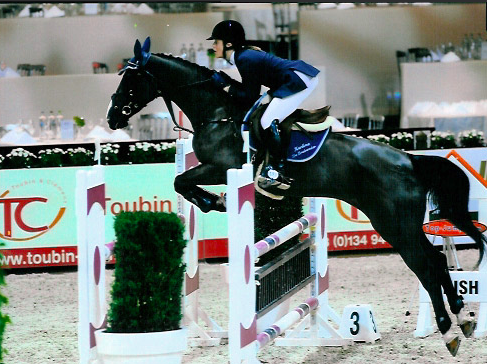
Cordula de Laubry was five times clear in five starts in the cycle for 4-year old horses. At the international jumping in Brussels she gained 2 victories in the invitational classes. Due to injury she was retired early from the sport…
The number one mare is Cordula de Laubry who is by the great For Pleasure out of Uganda de Lauby by Darco out of a Skippy II mare. Cordula has produced 13 (!) offspring that have jumped 1.45 or higher, with her best performer, Global (by Nabab de Rêve), a 1.65 level competitor with Christian Weier, but she has foaled three other 1.60 jumpers – Fantomas de Muze (Sandro Boy), Igor de Muze (Tinka’s Boy) and Lord de Muze (Nabab de Rêve).
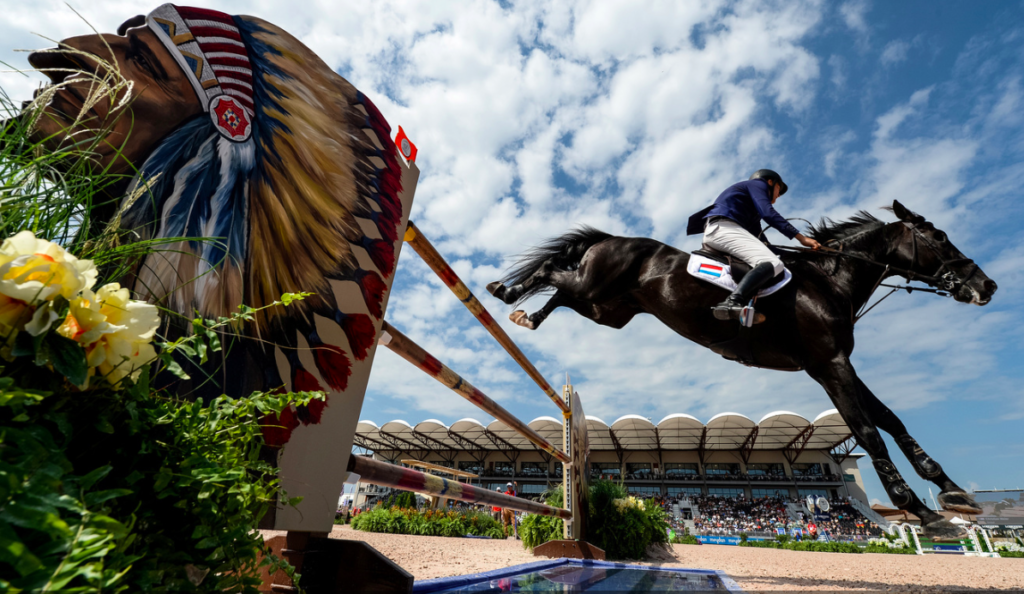
Global and Christian Wier at the WEG in Tryon
Photo – FEI/ Martin Dokoupil
story continues below the advertisement
As a 4-year old Narcotique de Muze II won the final of the 4 year old horses in St Niklaas and she earned the title ELITE. As a 5-year old she was 7 times clear in the cycle and she was a finalist at the Belgian Championships in Gesves. As a 6-year old she won the championship in Gesves and was a finalist at the World Championships for young horses in Lanaken (4 points – 25th place). As 7-year-old she became 2nd in the general classification of the national cycle, she finished 7th at the Belgian Championships in Lummen and became 6th during the World Championship for young horses in Lanaken. At the age of 8 she was sold to the Canadian rider Eric Lamaze and she competed with success with him at 1.45 / 1.50 level.
The second highest ranked mare is the recently deceased Narcotique de Muze II (Darco / Chin Chin / Pachat II) who has produced ten horses jumping 1.45 or better with five 1.60 jumpers: Querlybet Hero (Baloubet de Rouet), Loro Piana Boyante de Muze (Kashmir van Schuttershof), Sea Coast Ferly (Calato), Farfelu de la Pomme (Vigo de Arsouilles) and Giovani de la Pomme (Shindler de Muze).
Two more of Joris’s mares make the top ten ranked broodmares: Heroine de Muze (Tinka’s Boy) and Exellentia de Muze (For Pleasure).
story continues below advertisement
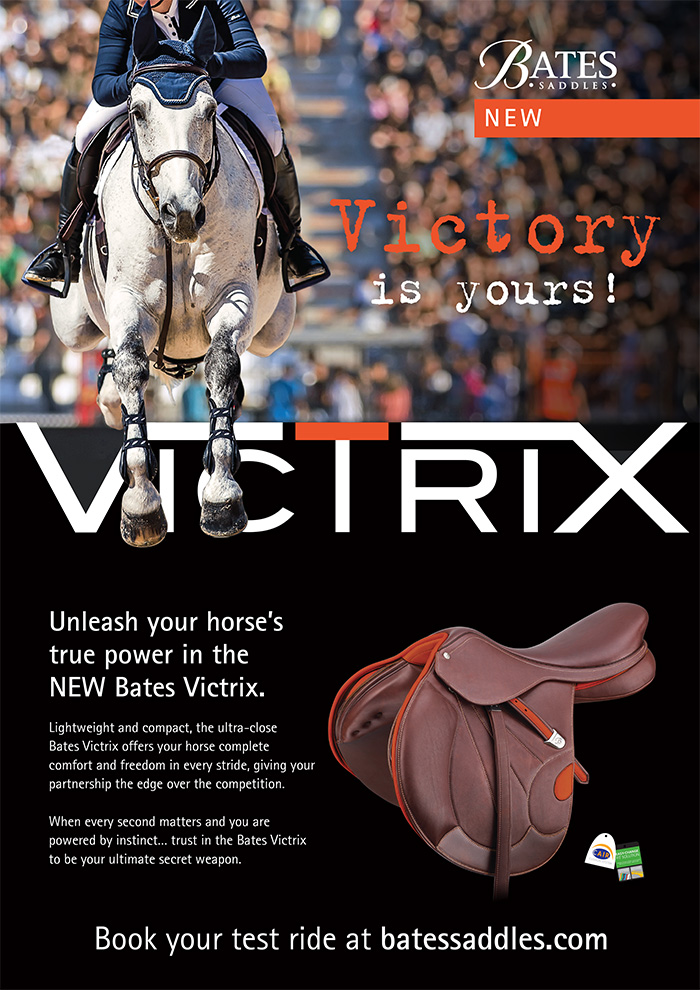
Getting Joris to take time out from a hyper busy life is difficult, but I managed it at Aachen in 2016…
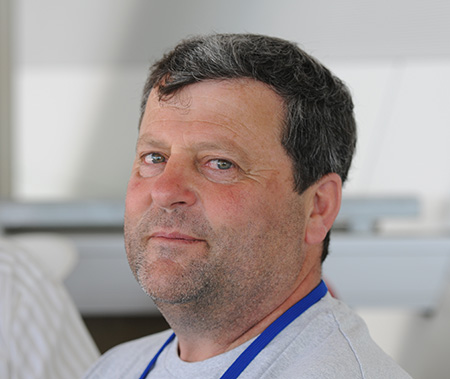
It was hard work catching up with Joris de Brabander. I’d been chasing this interview for a couple of years, after all, what journalist with an interest in performance horse breeding would not want to interview the most successful jumping horse breeder in history? But Mr de Bradander is a super busy guy, and I kept missing him… ‘oh, you wanted to meet Joris, he was here in the press room just a minute ago!’
Finally the text message came, ‘I am here at Aachen watching my horse in the eventing dressage’ (Karin Donckers’ new horse, Fletcha van ‘T Verahof, and by one of the great horses de Brabander purchased from Belgium, Vigo d’Arsouilles) and replied, I am sitting in the press row, just behind you.
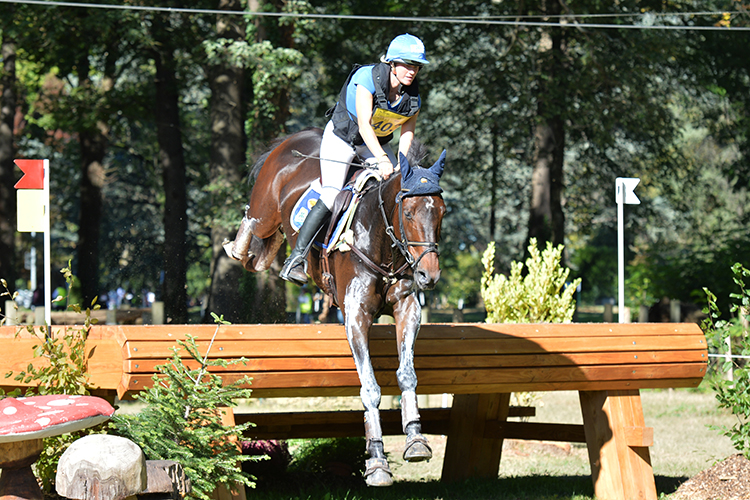
Karin Donckers and Fletcha van ‘T Verahof
“Why do you want to talk to me?”
Because you are one of the most, if not the most successful breeders of jumping horses in the world…
“You think? I do my best. I was a little bit lucky yesterday here at Aachen, there were four in the Nations Cup from me.”
The four in question were London and Golden Hawk – more correctly Figo de Muze, both are out of the same daughter of Chin Chin, Ta Belle van Sombeke. London is by Nabab de Rêve, the stallion Brabander purchased in Belgium while Golden Hawk, is by the Nabab son, Vigo d’Arouilles, Mylord Carthago, by Carthago and out of the foundation mare of Stal de Muze, Fragance du Challus and Estoy Aqui de Muze HDC, by Malito de Rêve, out of a mare by Kashmir van Schuttershof by Vigo d’Arsouilles.
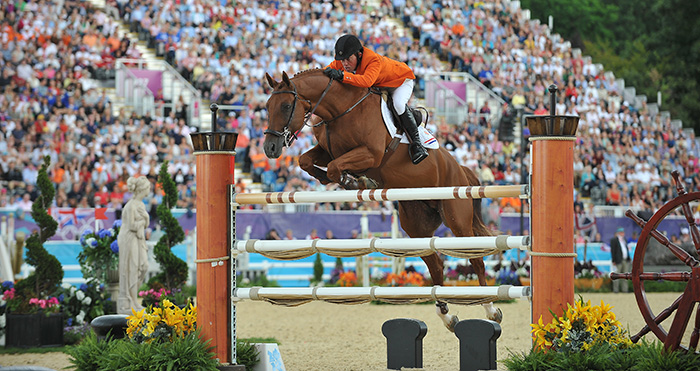
London, at the London Games with Gerco Schröder
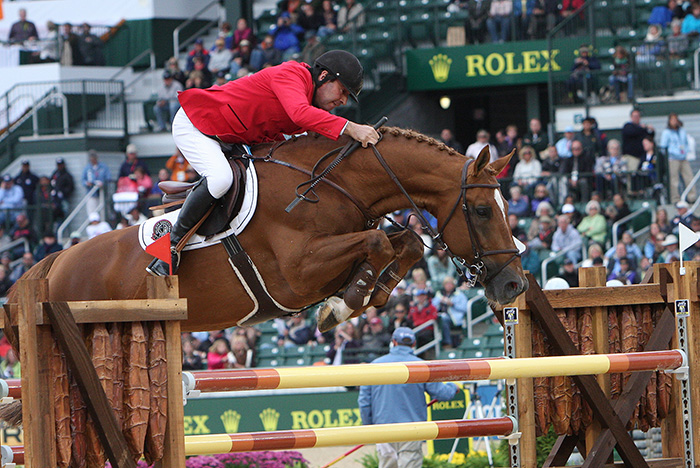
Vigo d’Arsouilles at the 2010 WEG in Kentucky
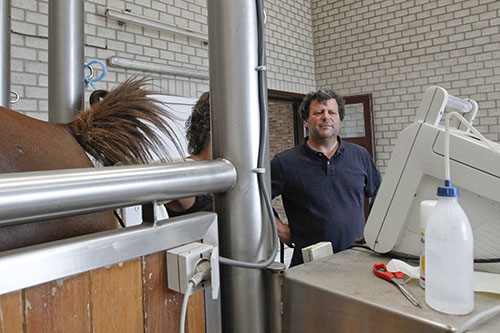
How did you get started? Was it a family tradition?
“Breeding is my passion. It’s very hard to make a job out of that, but I am a vet. We had stallions, my father had stallions to cover mares but he was not a vet. We were very lucky when we started to embryo transfer, at that moment we could breed with good jumping horses, competition horses.”
How did you find the famous mare, Fragance du Challus?
“I was looking for a very good breeding mare in France and I studied all the bloodlines. Eventually I found this family and saw that her sire, Jalisco was a very good competition horse and at this time one of the best stallions, and her mother was one of the good French competition mares. She was only one-year-old. I first found her on paper then I tried to find the owner and the breeder, then I tried to buy her.”
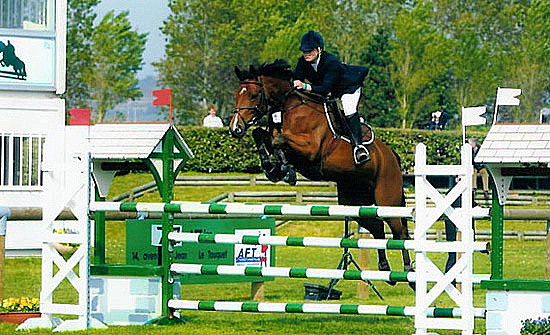
The famous mare, Fragance du Challus
story continues below advertisement
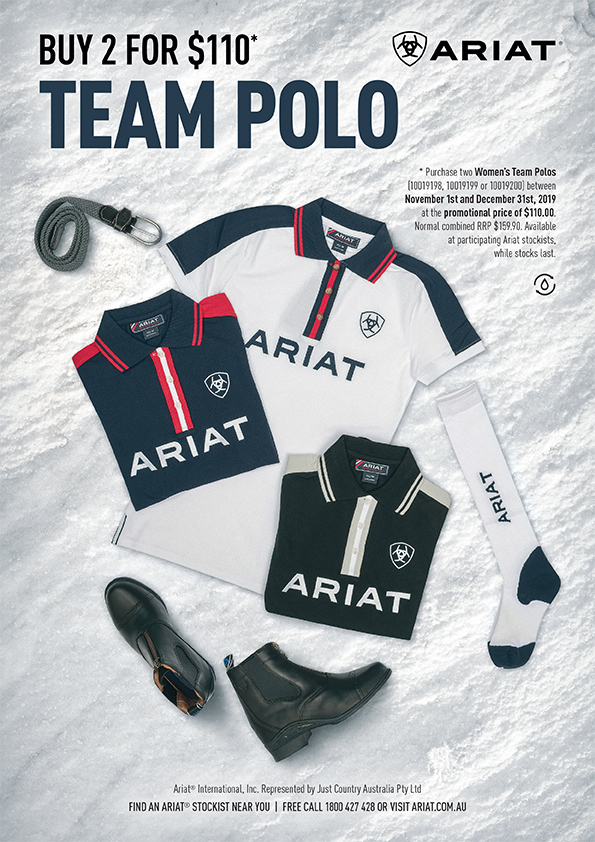
“We start breeding with them when they are very very young. For instance with Fragance, we started breeding with her when she was two years old. She had very good offspring, she had a nice jump, she was a good mover, so we started her breeding – then her jumping career came afterwards. At the age of four, five, six she was one of the best Belgian competition mares in the young horse competitions.”
The number varies, how many foals has she had?
“A lot, I think she has more than forty five, and out of that, about twenty good competition horses who jumped more than one forty. She produced three incredibly good stallions, Mylord Carthago, Norton d’Eole (one year, Mylord and Norton were both in the top ten stallions in France!) and Bamako, all three jumped 1.60. (Mylord is of course by Carthago, Norton by Cento and Bamako by Darco) She has now a lot of grandchildren who are stallions…”
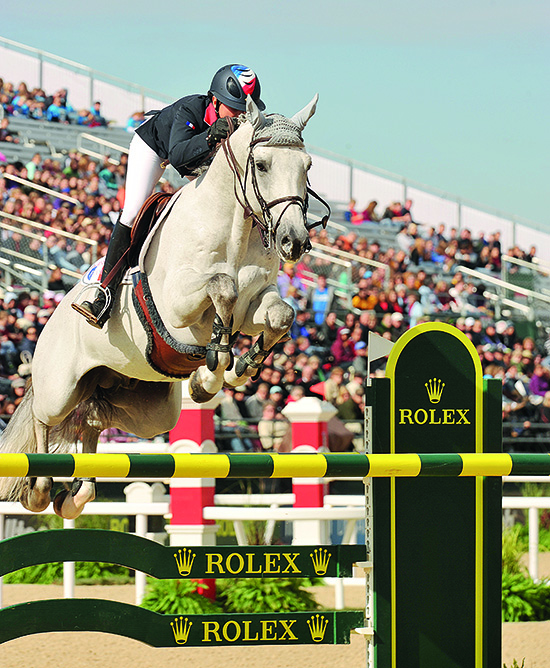
MyLord Carthago at the WEG in Kentucky with Penelope LeProvost
You started with pedigree and then found the horse, is that your approach?
“Normally not but at the time we had a few mares at home but I was looking for better. At the moment we bought Fragance, we didn’t have competition horses, so I was looking for better mares than we had at the time in Belgium.”
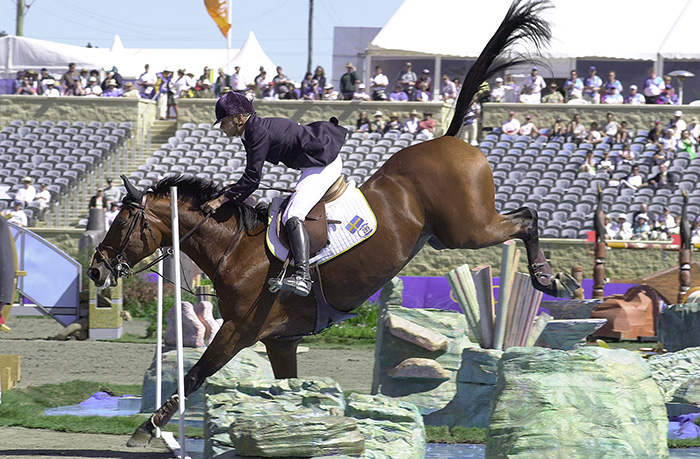
Butterfly Flip – now a broodmare…
“Over the years I try to find better and better mares. Now at this moment, I have one very good mare, Butterfly Flip who was in 2003/2004, the best jumping horse in the world. I have a two year old out of the clone of Ratina Z, who was one of the best jumping horses we ever had in the world, that’s a level higher than Fragance. She was a very good 1.45 jumper but not more than that.”
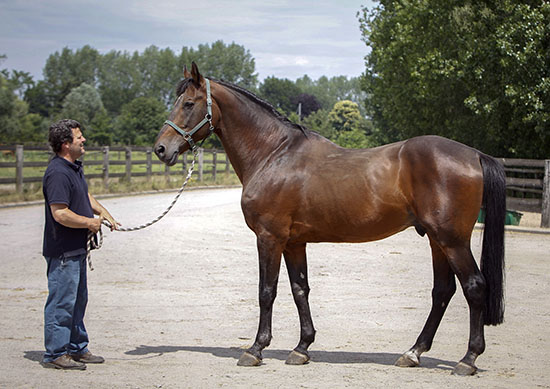
Joris with Nabab de Rêve…
story continues below advertisement
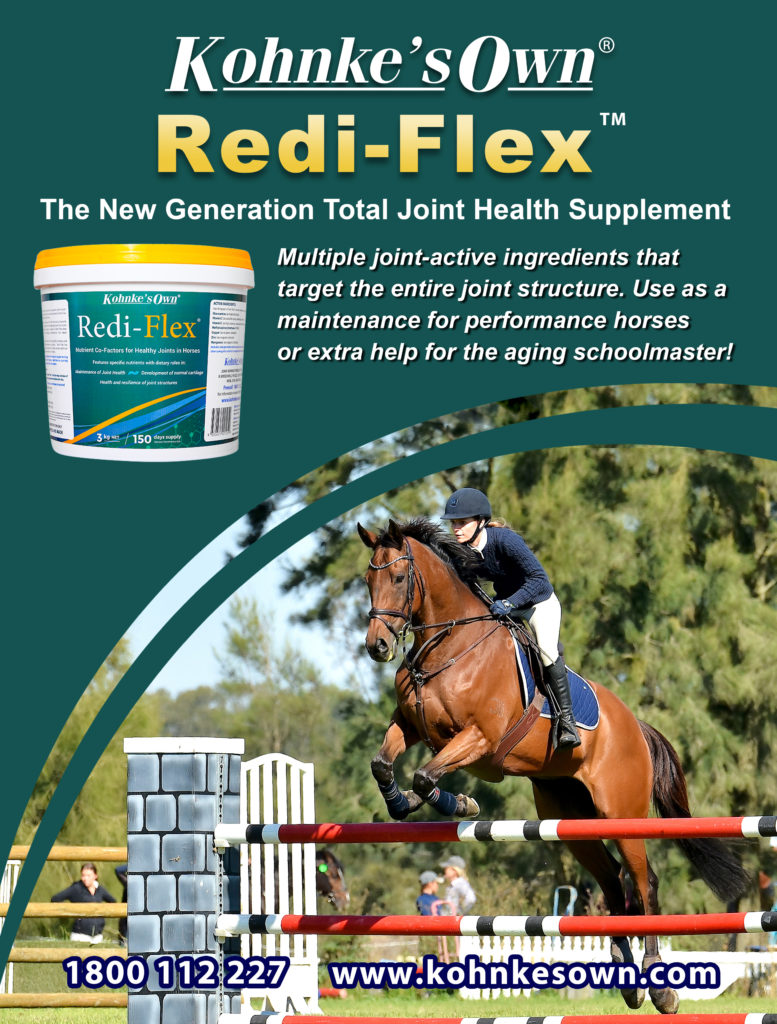
You obviously don’t believe the theory that very good competition horses never produce very good offspring…
“That’s not true. The better they are, the better they can jump, the better the foal. It is true that very good jumping horses normally don’t have good chances, they are too old to breed, or they are in the hands of rich people, or they are in countries where they don’t have a breeding culture, and very often when a guy has a very good competition mare, he uses his own stallion which is very often not good enough. If you breed to very very good mares, it is always better than breeding to the others.”
You obviously don’t have a problem with clones?
“I don’t have problems, but I have found we really don’t need that – sometimes there are a few exceptions, like I use a lot the clone of Gem Twist, he was a gelding and a Thoroughbred. I have the clone of Quidam de Revel at my home, we use him a little bit, but I think this is ridiculous when you have a stallion that bred already three thousand foals, you don’t have to clone him and try and write the same story again, that’s worthless. You have to give chances to other bloodlines, young stallions, not try and do all the time the same things. What Léon Melchior is doing, cloning his good stallions, I don’t think that is a good idea. It exists now, and there are a few good clones so you can use them, but without the clones, breeding is also possible, I think.”
How many mares do you have in your operation?
“Not so many. I have between fifteen and twenty five foals every year.”
Have you many foals from Butterfly Flip?
“When she came to our place she was already 21, the first year we had five, then every year on, four. She had one stallion foal again this year, but now she is 23, it is very difficult. We had an embryo last week, but I don’t know if it will go on.”
What stallions are you using with her?
“Now we use our own stallions because we can use fresh semen and it is easier to have them pregnant. We try to use the best stallions in the world…”
Such as?
“The stallions that are doing the big competitions. Every breeder tries to use Cornet Obolensky. He did the big sport, he is a good breeder, so we tried him also with a few mares. Stallions like Plot Blue, we use him a lot. In the past I had a lot of success in the past with Chin Chin, Darco and Quidam, all three horses that did the big competitions.”
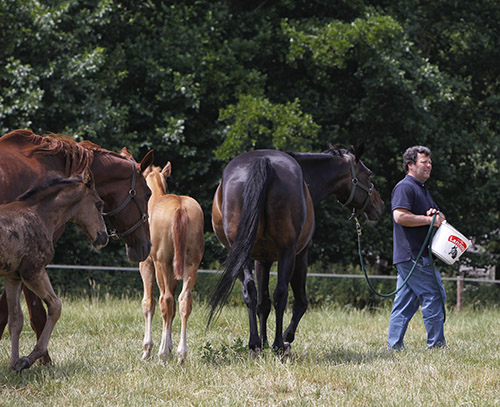
Do you look at the type of the horses…
Joris is a very funny guy: “You only have two minutes more of questions, then you will have to pay… (When Roz went to take his portrait, he said ‘it is extra for a smile’) At the end the type is very important. Sport is very important, but it is also important to have a nice looking horse, sound and correct, with a beautiful head, but the most important is the sport.”
How long have you been breeding?
“I started in 1993.”
And you are still motivated?
“I am still motivated because my children are also interested in sport and breeding, that motivates. I think there is still a lot of progress to make in horses, especially in jumping horses. Most of the horses until now have been produced by amateur breeders who use their own families, their own horses and they try to use the best stallions, but I think if you start with the best competition mares, then there is still a lot of progress to be made.”
Want to breed your own jumping star – check out the range of super jumping stallions available by frozen semen from International Horse Breeders…



